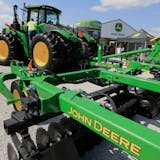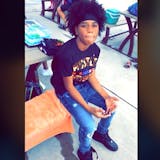A properly fitting bra can make or break an outfit. But understanding sizing, the relationship between band and cup sizes and sorting through the array of available bra styles can be overwhelming. Good thing the Twin Cities area is home to fitting experts, including Tracy Anderson, who owns La Bratique in Edina. We asked Anderson to share her brassiere-based knowledge.
Q What is the most common mistake women make when selecting a bra?
A Purchasing a cup size that is too small and a band size that is too big.
Q Which is more important, band or cup?
A Eighty percent of the support comes from the band, so that's the most important part of the bra.
Most women have a distorted sense of what a D cup looks like -- they think Dolly Parton or Kim Kardashian. So they select a cup size they think might be more appropriate for their figure.
Forget about cup size and focus on band size. You may end up in two or three different sizes, depending on the brand and fit, vs. just one cup and band size.
Q Define a properly fitting bra.



